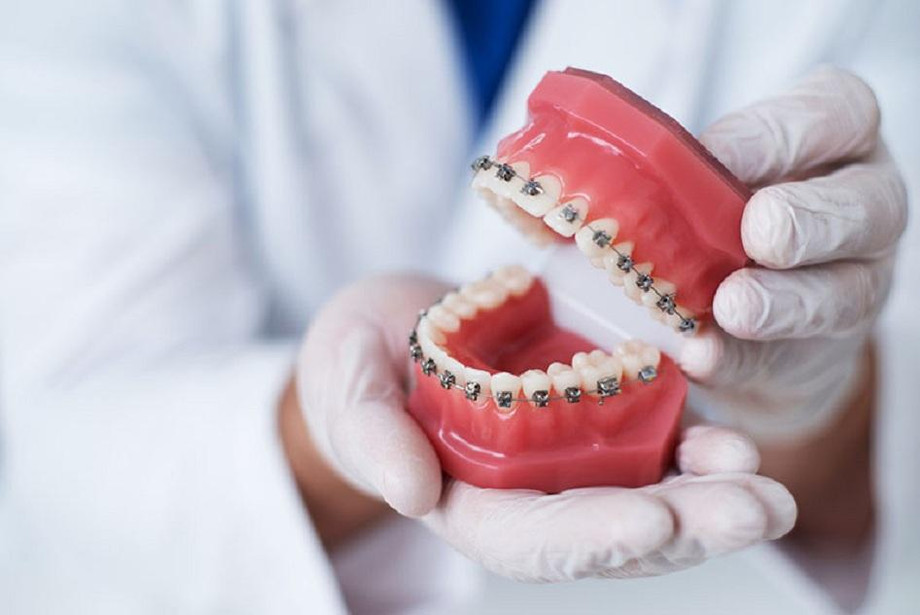The deep cleaning procedure is also known as root planing and scaling to prevent tooth decay and invert the effects of gum disease. People suffering from tooth decay will eventually become tough and convert into tartar. Your teeth may become rotten and your gums become irritated because of tartar. Visit Emergency Dental Care if the infection is severe.
Scaling is the process of eliminating tartar by scraping it off using dental tools. This offers deep cleaning for your teeth at and under the gumline which is completely impossible through brushing and flossing. Visit the dentist open on Saturday if you are busy on working days.
Once the tartar is extracted, the dentist practices planning. It aims to even the tooth surfaces to protect the gums from further plaque formation. This process will make your gums healthy as they used to be.
The procedure should be performed under the supervision of a good dentist as they are experienced and ensure that you won’t experience any discomfort during the procedure. He/She can prescribe you sedation to comfort your mind.
More About Root planing and scaling:
The scaling and root planing (deep cleaning teeth) involve an ultrasonic machine to assist the dental plaque removal process.
It mainly aims to remove plaque and calculus and stains from a patients’ teeth and tooth roots. Usually, the method is completed into two dentist visits. During the first appointment, they clean both the quadrants i.e upper and lower of one side of your mouth. Then they clean the remaining two quadrants on the second visit.
The procedure involves the following steps that may include:
- Local Anesthesia:
The Dental Deep Cleaning is conducted under the administration of local anesthesia which is a numbing drug to help control pain and hemorrhage. Local anesthesia is the most commonly used numbing agent during minorly invasive procedures.
First, your dentist transmits the drug into the affected area to treat it without making the patient uncomfortable. You will be conscious during the entire process and won’t experience any pain. It might happen that you may experience tenderness at the injection site and after treatment.
- Scaling:
The next step of the method includes the subgingival scaling. It can be done by a dentist, periodontist, or dental hygienist who eliminates plaque and calculus below and between the gums and also on the base of teeth crowns.
Scaling is either conducted manually or using an ultrasonic instrument, for example, Calvitron. Both methods help efficiently to remove plaque and tartar.
During the process of plaque and bacteria removal, the scaler is attached to the bevel at an angle between 45 and 90 degrees to the tooth. The teeth and root surface are then scratched and cleaned in a vertical, circular, or horizontal motion.
- Root Planing:
There are four components of teeth including Dentin, cementum, enamel, and dental pulp. When the gum disease becomes persistent, it damages the cementum, dentin, or both. Root planing is done to smooth uneven edges and remove any subgingival bacteria.
During the procedure, a dentist performs cleaning beneath the gums to eliminate plaque and tartar that has been built upon the roots of teeth where the bones are attacked by the infection. Planing consists of the complete extraction of cementum covering a tooth’s root.
The method also involves the extraction of a small amount of superficial layer of dentin, which is the additional layer of the teeth that grow below the enamel.
